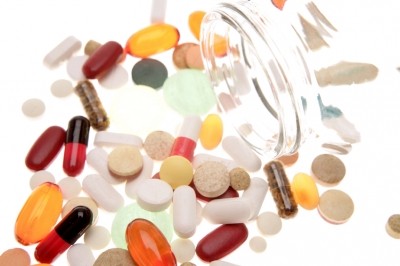EFSA updates 24 year old riboflavin dietary reference values

The previous dietary reference values had been established by the Scientific Committee for Food (SCF) in 1993. EFSA’s Panel on Dietetic Products, Nutrition and Allergies (NDA), said the revisions come due to the availability of new scientific on adult intakes since the publication of the SCF report 24 years.
Riboflavin is a water-soluble vitamin that is involved in energy metabolism and the functioning of various enzymes. It is naturally present in many foods of plant or animal origin including milk, milk products, eggs and offal.
The European Commission requested that EFSA review DRVs for riboflavin, after which the agency published a draft opinion that was put out for comments and input in April.
Now, EFSA has published its final opinion, which redefined daily PRIs as follows:
- 0.6 mg for children aged 1-3 years;
- 0.7 mg for children aged 4-6;
- 1.0 mg for children aged 7-10;
- 1.4 mg for children aged 11-14;
- 1.6 mg for adolescents aged 15-17 as well as for adults;
- 1.9 mg for pregnant women;
- 2 mg for lactating women.
For children aged 7-11 months, the panel set an adequate intake (AI) of 0.4 mg per day.
The NDA Panel, also suggested further areas of research, including biomarkers of riboflavin intake and status, and their dose-response relationship with riboflavin intake; the requirement for riboflavin in some population groups like infants, children, pregnant or lactating women and the potential influence of age and sex; and the effect of physical activity and energy expenditure.
“The Panel also notes that riboflavin status is modified by physical activity as urinary excretion of riboflavin is (generally) decreased and EGRAC increased when physical activity is increased, suggesting higher utilisation of riboflavin with increased energy expenditure,” wrote the NDA Panel.
“However, there is a lack of experimental data showing a clear quantitative relationship between riboflavin status biomarkers (urinary excretion of riboflavin and EGRAC) and energy expenditure (or physical activity).”








